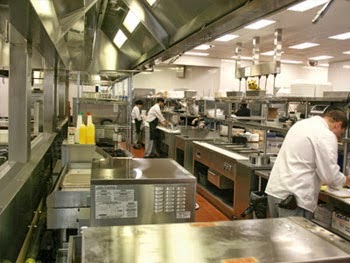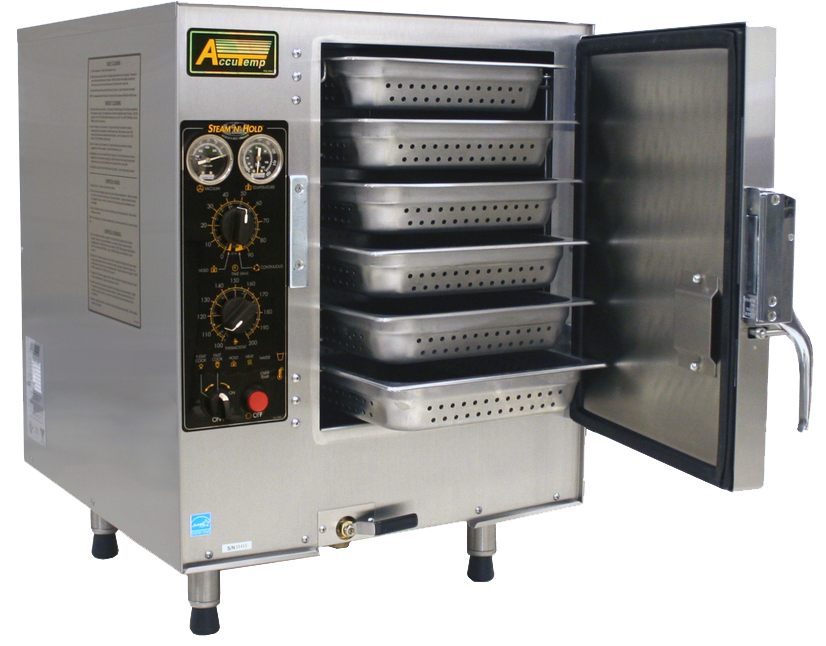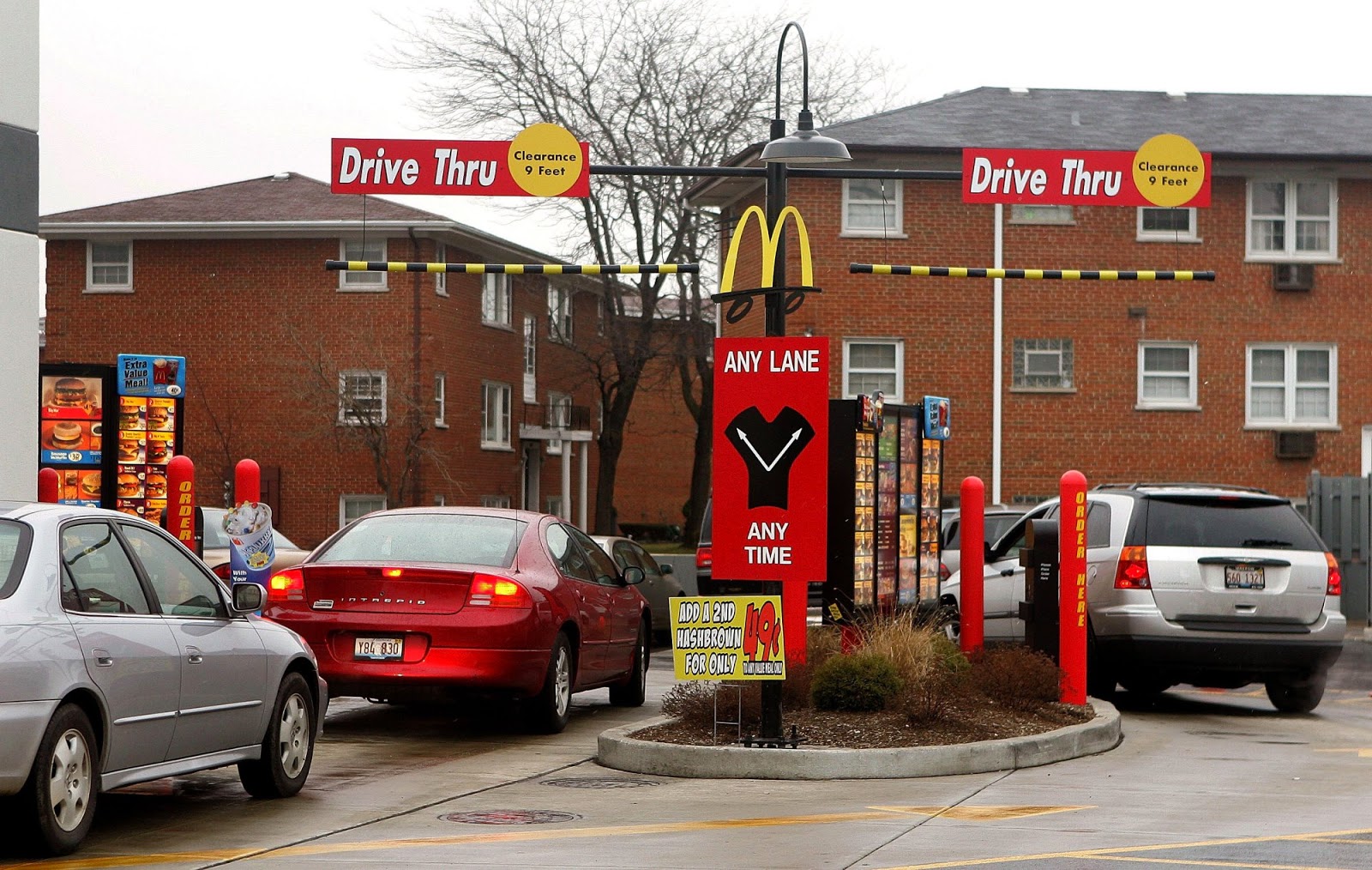EQUIPMENT & FURNISHING
FACTORS AFFECTING SELECTION OF EQUIPMENT:
|
THE MENU
|
v To determine what
equipment should be selected are considered based on the menu pattern and
typical foods to be served.
|
|
NUMBER & TYPE OF PATRONS
|
v Important factors in
selecting the appropriate amount and kind of equipment for a foodservice.
|
|
FORM IN WHICH THE FOOD WILL BE PURCHASED
|
v Adequate facilities
for the short-and long-term storage at the proper temperature must be provided.
|
|
LABOR HOURS AND WORKER ABILITIES
|
v Based on the skill
level of workers and the rising pay rates for employees.
|
|
THE BUDGET
|
v The budgetary
allowance must cover the cost of equipment as well as installation.
|
|
THE
FLOOR PLANS
|
v The size and shape of
space allotted to food preparation and its relation to receiving, storage,
and dining areas greatly influenced the efficiency of the operation.
|
FEATURES OF EQUIPMENT:
- MODULAR:
- that size to which all units of equipment are proportioned, compatible in size to fit together.
- design and function
- beauty and utility may be combined in food service equipment
- SIZE OR CAPACITY
- the size and capacity of equipment for a given situation is determined by the type of menu, type of services, and quantities of food produced.
- the selection of certain modular equipment has proven advantages in quantity food operations.
- MATERIAL
- METALS
- aluminium
- cast iron( use in commercial equipment as braces and castings for stands and supports)
- galvanized (use for such equipment as sinks,dishwasher and tables)
- stainless steel
- STANDARDS GAUGE
- FINISH OF METALS: the surface or finish of metals may be dull or bright,the higher the polish, the more susceptible to scratches
- GLASS: glass protects against metallic contamination, corrosion and absorption
- OTHER MATERIALS (polyurethane, polycarbonate)
- CONSTRUCTION: careful and well finished joints, solidarity, pleasing appearance and ease of cleaning are important
- FOOD SHIELD: serve to protect the unpackaged food from the average customer's mouth
- SAFETY FEATURES
- INSTALLATION, OPERATION AND PERFORMANCE
- MAINTENANCE AND REPLACEMENT: preventative maintenance and operating cost of equipment like electricity or gas is an important consideration in purchasing.
DINING ROOM FURNISHING
- DINNERWARE: china,glass, melamine, plasticware are all used in making dishes
- GLASSWARE : usually more economical to purchase good quality glassware than expensive types
- TABLE COVERS: should be of a type and color appropriate for the facility





.jpg)




.jpg)
.jpg)




.jpg)



.jpg)


